A location scout is when a photographer visits a place to inspect it for creative camera angles.
As a commercial photography studio, we never like to pull the camera out of the bag without planning our next shoot. Location scouts are one of the first steps to pre-production. The best photographers will never arrive to a situation with their fingers crossed.
On average, a location scout is 1-hour long. The scale of the venue or outdoor space determines the length, too. The best part: not having to lug around any camera equipment!
Contact the venue, and request to perform a location scout alongside a knowledgeable representative. If any questions arise, then they’ll have the answers.
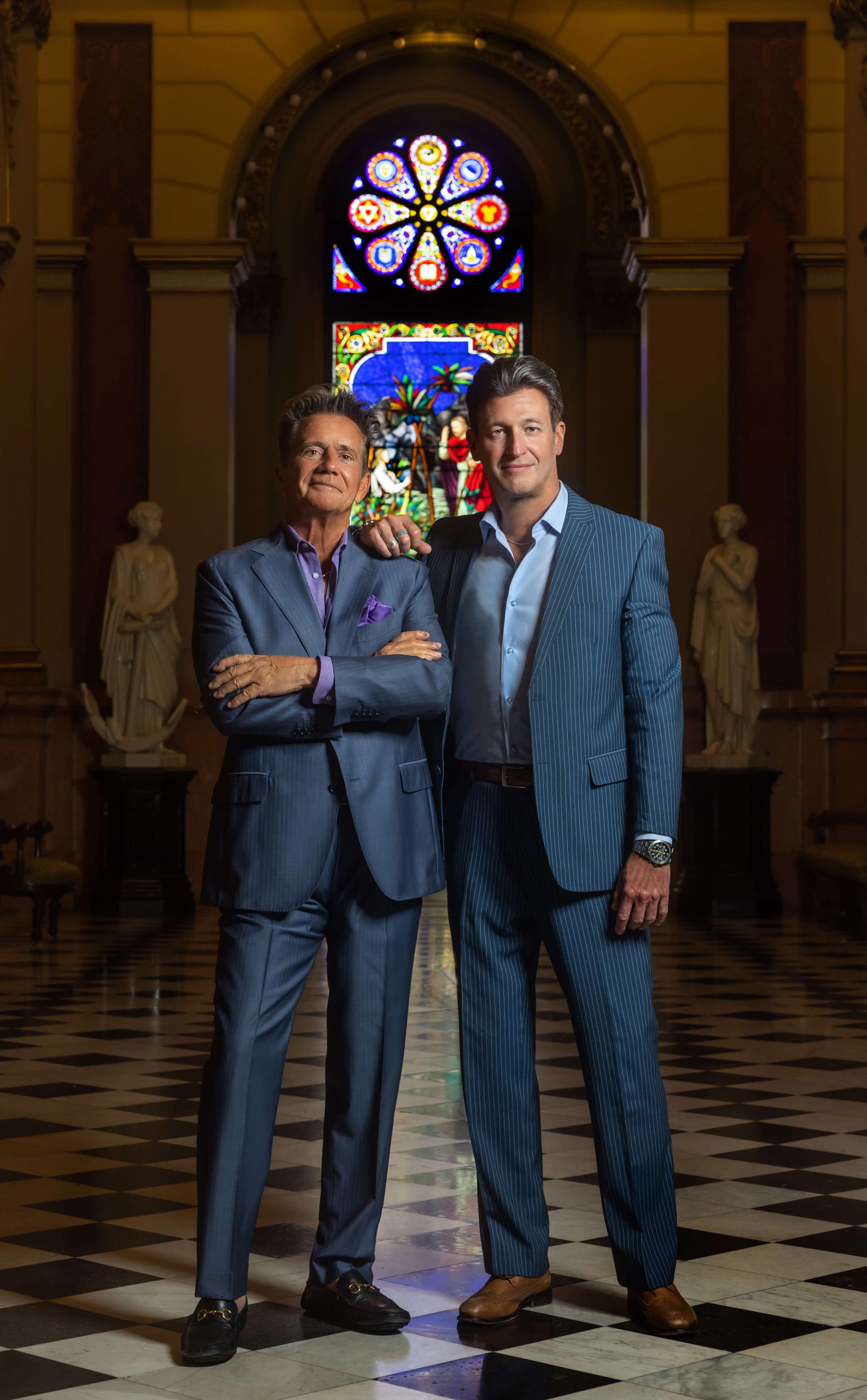
Visiting photo locations to see them for yourself is important. Seeing this in-person will make planning for portrait photography much easier.
Arriving with the right questions in mind will help the photoshoot run smooth:
Small spaces hinder proper lighting techniques. They also complicate the ability to switch lenses. Most portrait photography sessions require at least 1000 square feet.
We’ll make certain bring the right lens for that captivating angle. But of course, seeing the space in-person to envision the photograph will answer this critical question.
Rustic, modern, industrial, eclectic? The possibilities are endless. The subject (and their outfit of choice) should fit their setting.
Our studio has captures portrait photography in areas that are still under construction. Some venues have only staircases and no elevators. Others have white pavement that reflects too much light into the subjects’ face. Until the studio team does a location scout, the real challenges are unknown.
These are a few questions to ask about photo locations while scouting them. Photographers are ready to begin pre-production phase once they have the right answers.
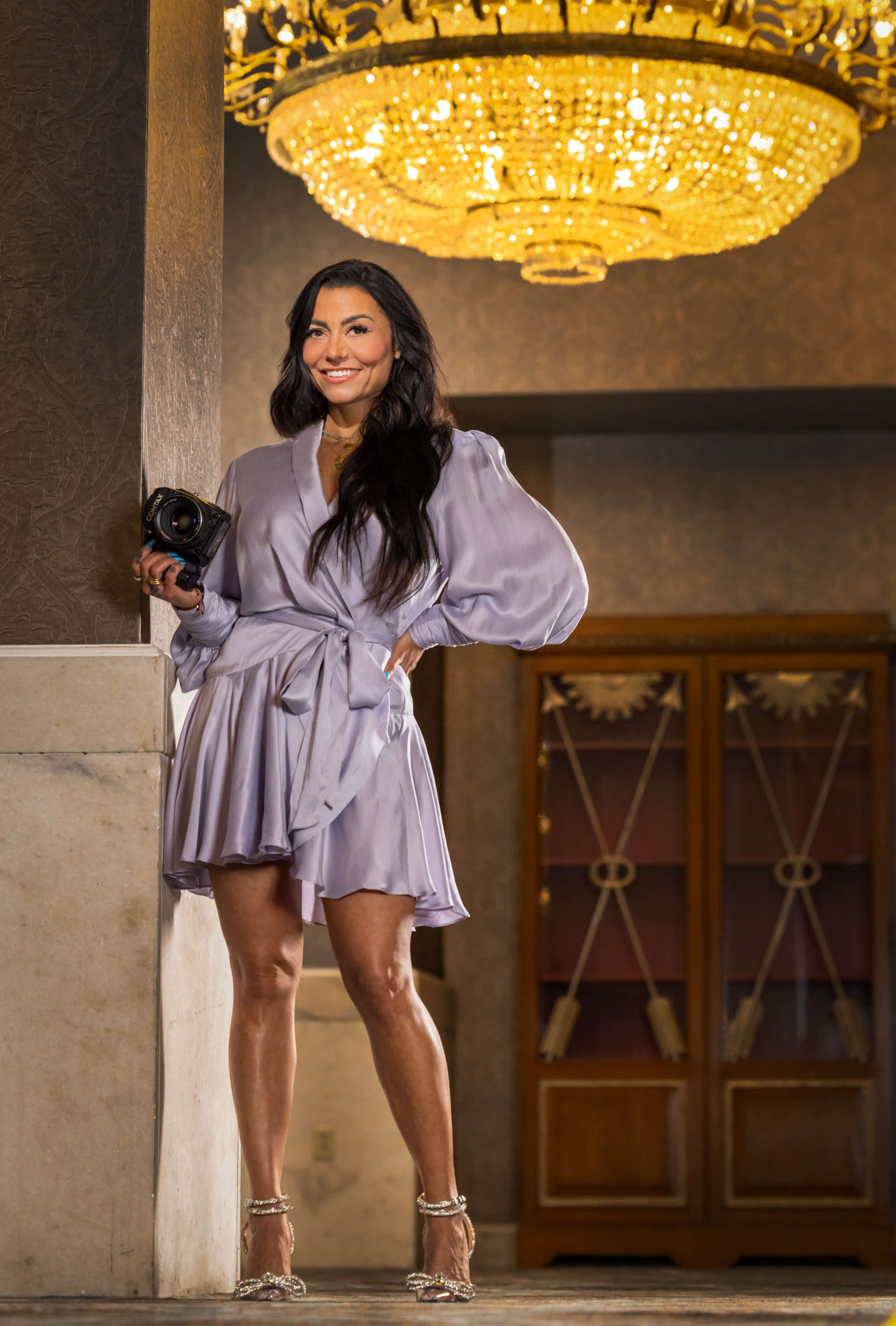
Every venue has its restrictions. Some photo locations are lenient towards productions crews. Most venues are extremely strict, and they view photoshoots as an obstacle for traffic. This is an understandable perspective, and photographers should respect the boundaries.
At Guild House Hotel, the friendly staff allows our team to move furniture to ensure we snap the best portrait. Determine your boundaries before the portrait photoshoot begins to avoid any negative interactions.
If you forget to ask about boundaries, here are a few tips to always remember:
As always, it is so easy to ask the venue about photoshoot restrictions. This demonstrates the core values of a professional photographer. It is a sign of respect for the venue, too.

During a scout, we take simple photos of the space with mobile phone. This technique allows each team member to regroup with creative portrait angles that directly inspire them. When planning begins, we reference the images on the mobile phone.
Make certain to shoot a lot of images. Use the wide frame feature. Place a subject in the photo to arrange composition.
Once we finish the location scout, we prefer to print out these iPhone images. We’ll pin each image to our planning board and reference them during creative discussions. This is a hands-on approach towards portrait photography.
The “war room,” as we call it, is where we brainstorm visual ideas. Having the photo location at reach through printed images makes planning the shoot a lot easier. Once the project is complete, save the iPhone images and compare them to the final portrait photos. Viewers love to see the creative process from start to finish.
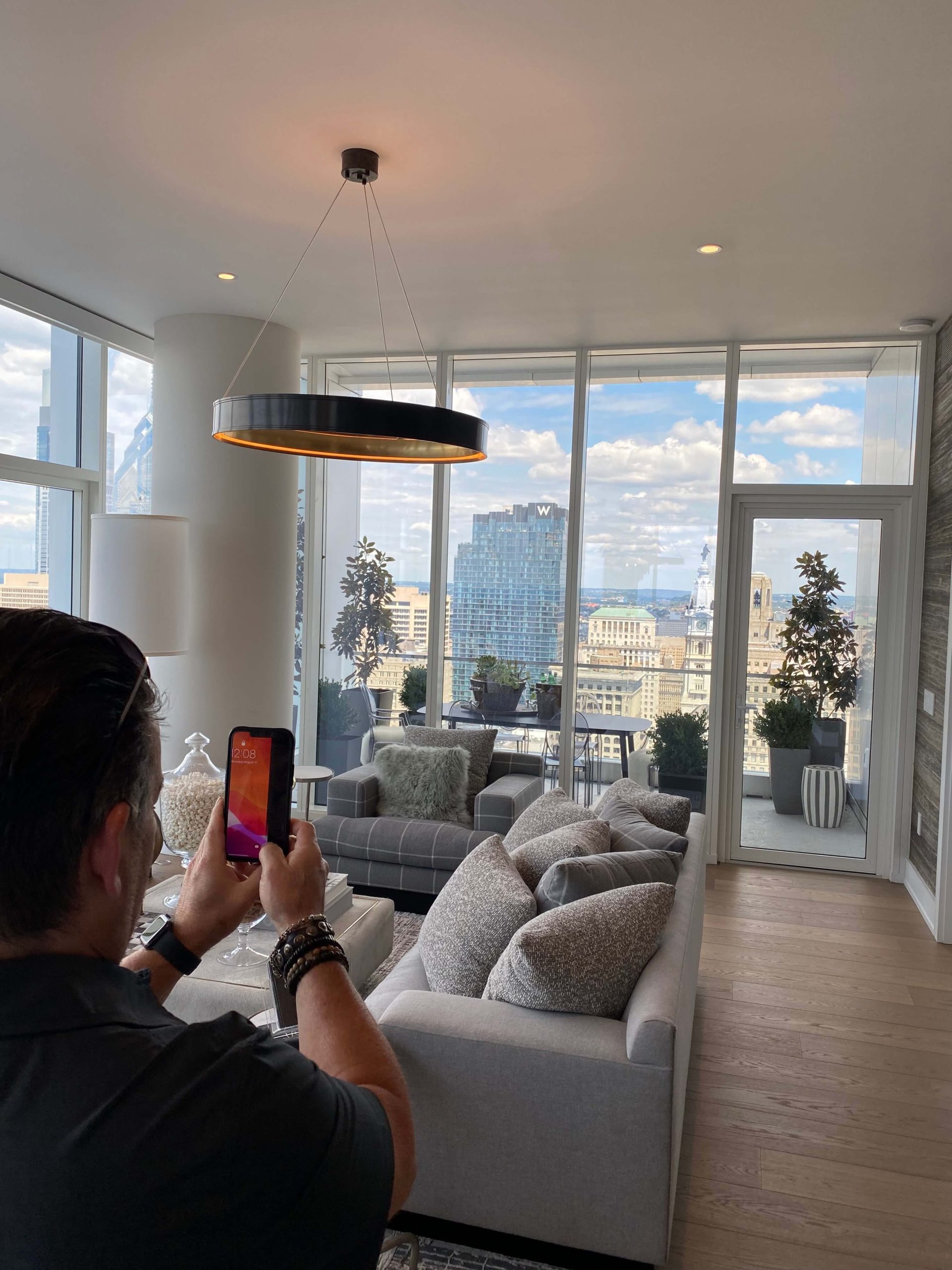
Upon entering a photo location, take the necessary time to understand it. Sit with it. Absorb the aesthetic. Find new angles that push the limits of conceptual portrait photography.
Here are a few tips pertaining light during portrait photography session:
White or soft-colored rooms will bounce light. Black or dark-colored rooms will absorb more light. You may have to illuminate the background or close the shades.
Time of day dictates how a setting could look. Especially, if this is an outdoor location scout. In that case, photographers need to play by the sun’s rules. Keep in mind how natural light shines differently throughout the day.
We highly recommend downloading this useful photography app to your phone. PhotoPills tracks the exact location of the sunset and sunrise, so photographers can plan accordingly. Photographer that love magic hour and outdoor photos must use this.
Using the best lighting techniques will create bold portrait photos. Some situations may require 1-4 lights. Until a location scout is complete and the subject is on set, these details remain unclear.
At the Ritz Carlton in Philadelphia, the glass structures at Aqimero are amazing background pieces. Our photo studio splashes a blue light against the glass to mimic water. Without seeing these structures during our location scout, capturing this portrait photo on the fly is near impossible.
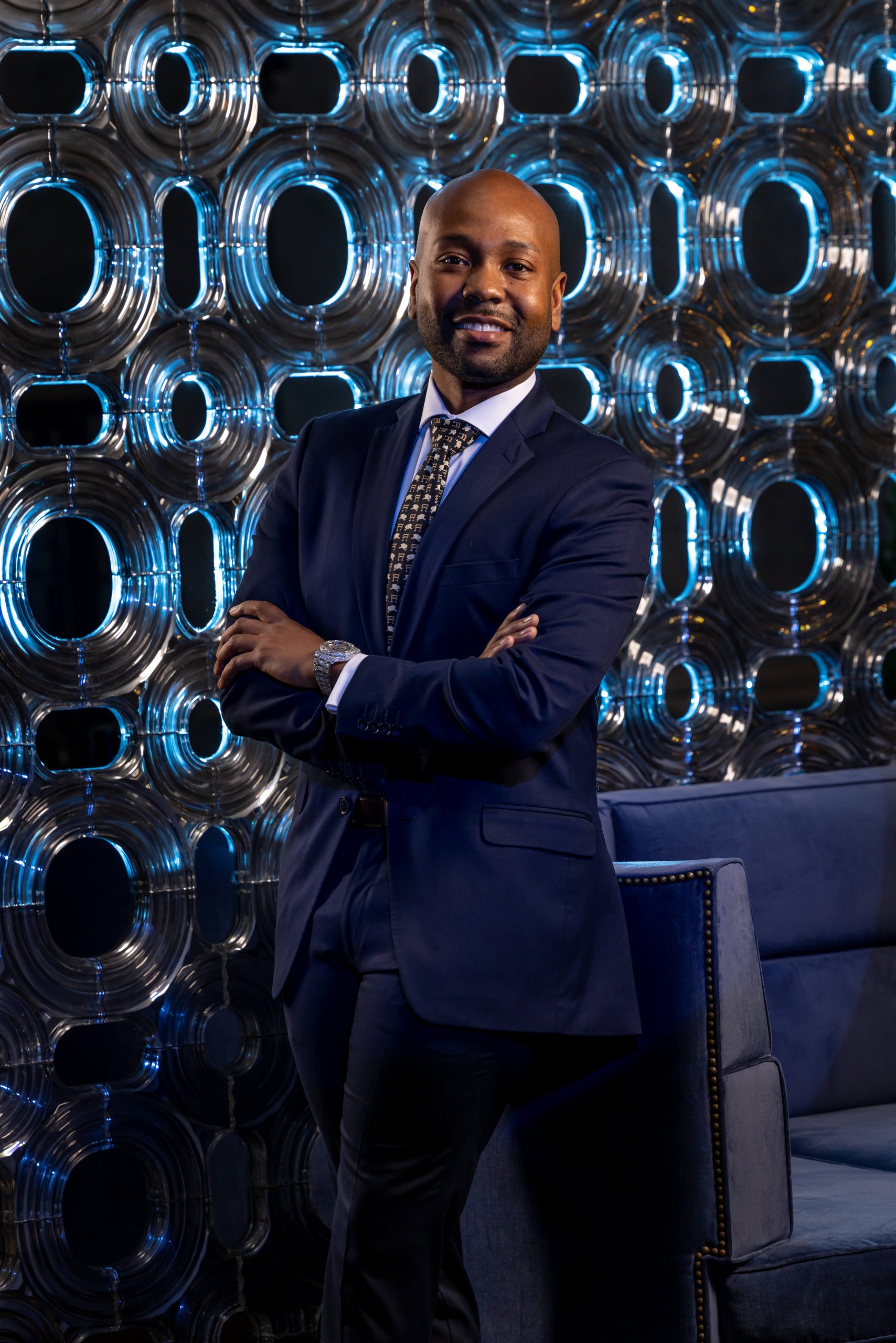
Style is a key element of photography. A location scout helps photographers determine the best angles for the right outfits. For example, photograph the all-red dress in the all-red room. This achieves a cohesive look.
Lawyers should consider capturing portrait photos in space with esteem. Personally, we love the library at Union League or the Rosenbach Museum in Philadelphia. This location makes sense for a classic gray or blue suit.
At Guild House Hotel, the ethereal décor in the lounge is a perfect setting to capture a top florist in Philadelphia. Keeping this in mind, the wardrobe includes a floral Gucci kimono on top of a white top, white slacks, with Prada heels.
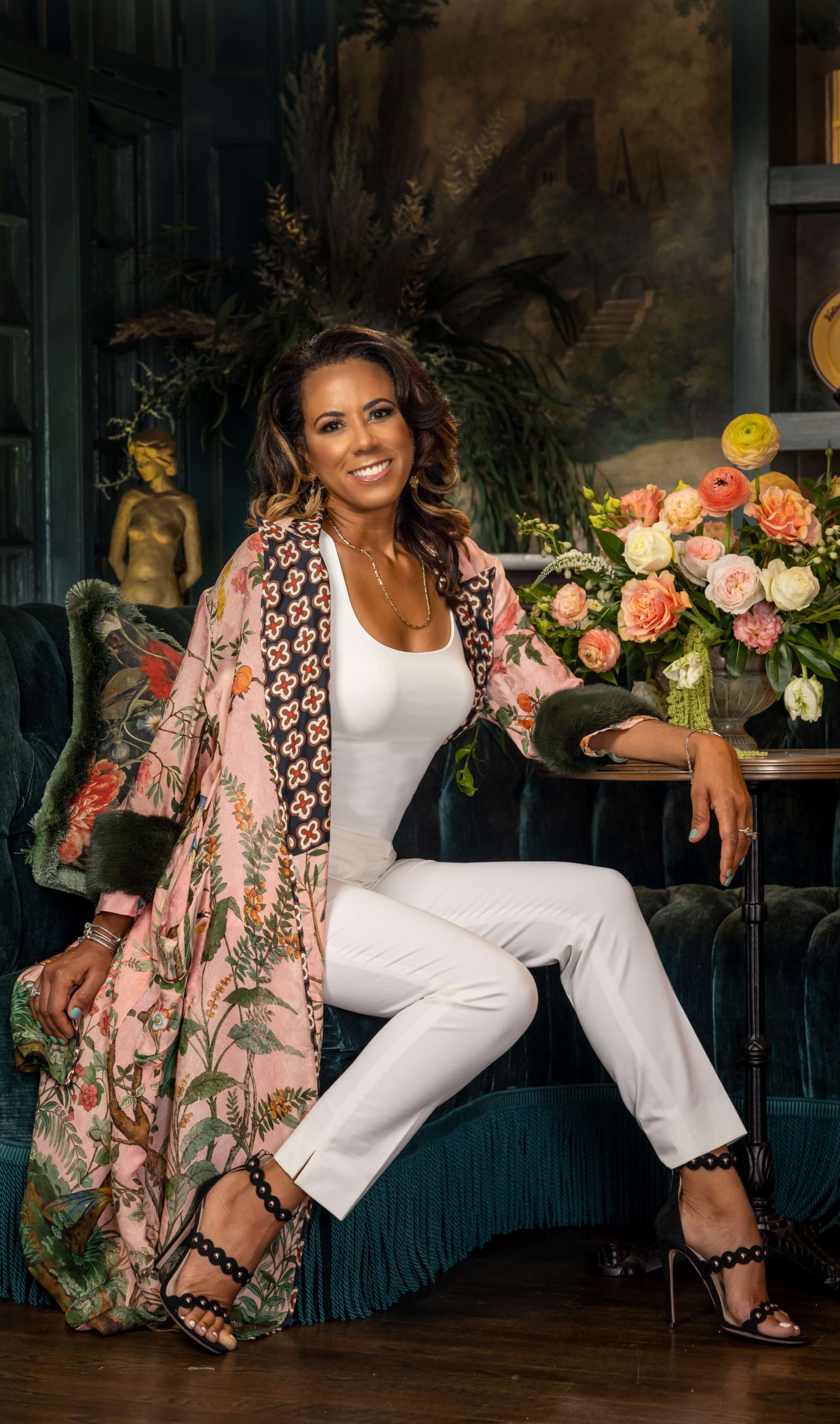
Location scouts are necessary to the entire planning process. Photographers should leave a location scout with more creative ideas than before. This is an important step to ensure the photoshoot exceeds expectations.
You may discover a new angle or idea that clicks while you’re scouting. The team has time to talk to each other in the space. These conversations develop the concept.
Upon visiting the Arthaus for a location scout, we saw their poker table. This discovery gave inspires us to place it in a photo with the chief marketing manager of Parx Casino in Philadelphia. The poker table is a perfect representation of his career.
Keep an open mind during your next location scout and take notes. The best creative ideas for portrait photos tend to emerge unexpectedly. Gaining as much knowledge as possible about a location will only help the project.
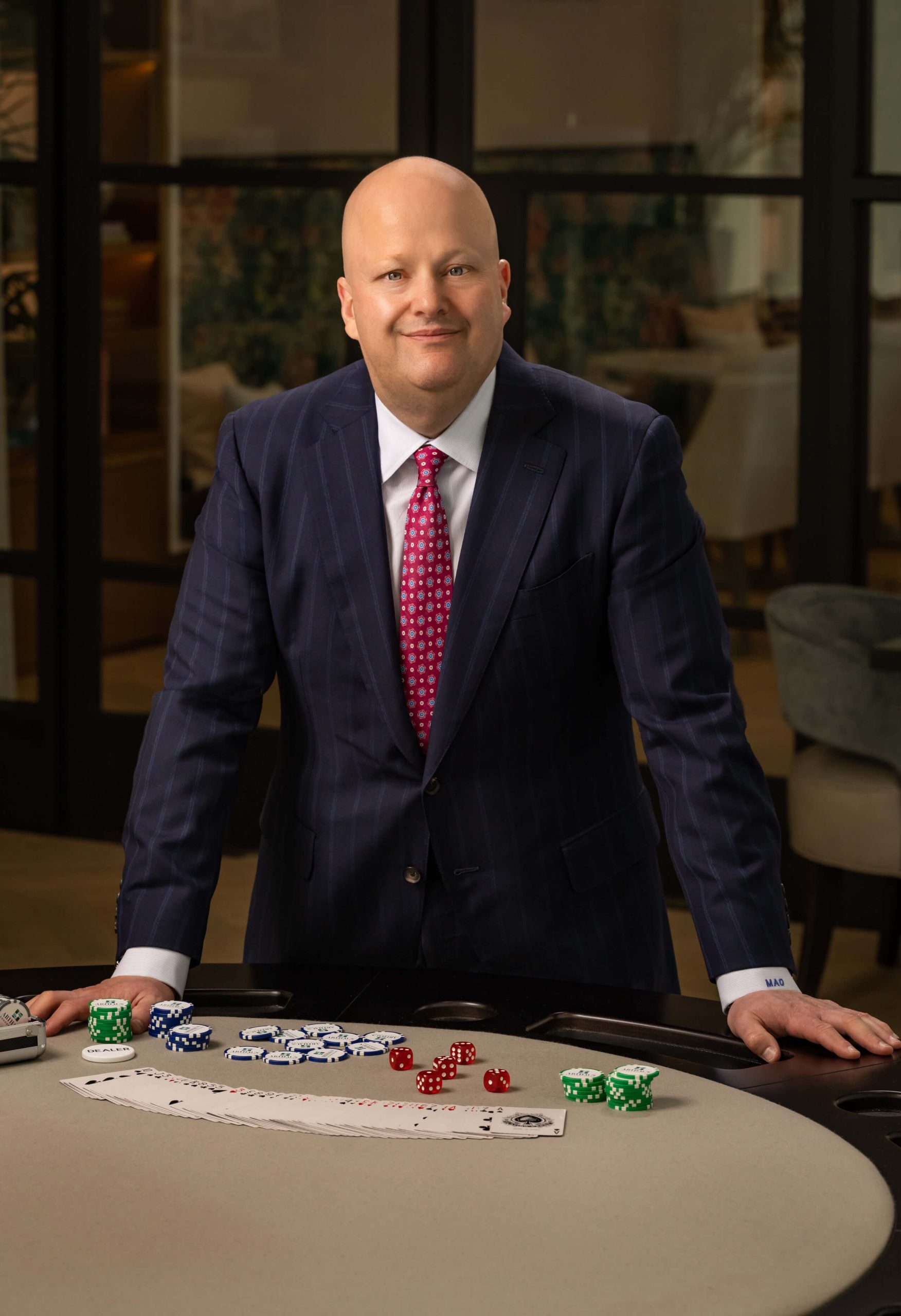
Photography takes you to incredible places. As a production studio in Philadelphia with over 35 years of experience, Phil Kramer has taken photographs at various locations throughout the city.
Explore the Top Photography Locations in Philadelphia, which is one of our earliest guides. Hopefully, this will inspire your next location scout.
Some of the best photo locations in Philadelphia include Guild House Hotel, The Laurel, Arthaus, and W Philadelphia. These new locations offer exhilarating modern architecture and interior design approaches.
If you want to capture a photography and cinematography project, then contact our studio.
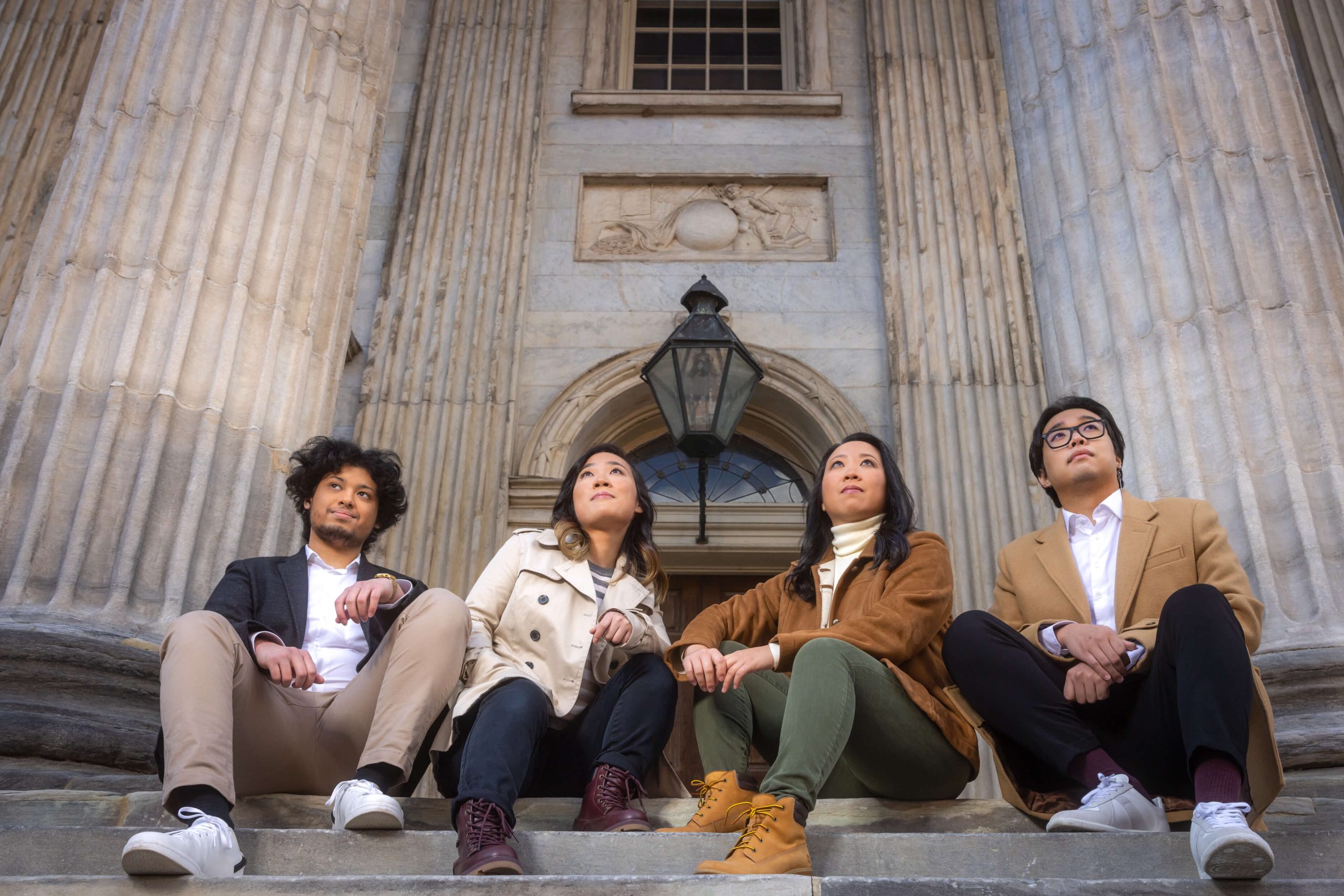
"*" indicates required fields
© 2025 pkphoto.com. All Rights Reserved. Privacy Policy. Sitemap.